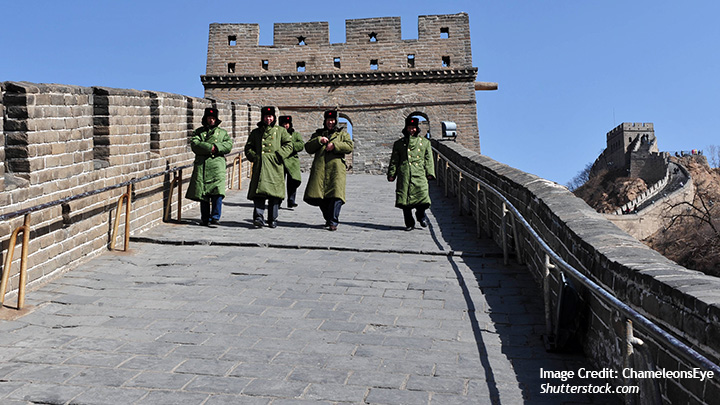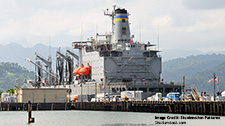China’s Decision-making and the Border Dispute with India

Jagannath Panda
What factors have prevented the PRC and India from moving past the stalemate over the LAC and reaching a sustainable solution to the border conflict? Looking at the PRC’s decision-making process and outlook toward India (and the region at large), what are the prospects for successful negotiations between the two countries moving forward?
To answer these questions, it is imperative to understand the trajectory of both the China-India border confrontation and, broadly, their “developmental partnership.” This requires an examination of how the PRC perceives the issue within the Chinese government’s decision-making calculus on the matter. In other words, it is worth looking at the factors, particularly through the strategic lens of China, that led to a relatively sudden escalation of tensions between the two countries, so much so that it resulted in the deadliest clash between the two sides in over four decades. Although no guns were used—per the 1996 and 2005 agreements that disallowed the use of firearms (including “blast operations” or explosives) within two kilometers of the LAC—primitive weaponry like nail-studded iron rods was used to bloody effect.
The Chinese side had admitted to injuries and casualties amid a “physical clash” between troops without mentioning crude weapons. Even three years after the incident, there is little clarity on the fundamental causes that led to the sudden escalation after years of stability at the border. China’s actions at borders disputed with its neighbors—including its Galwan Valley clash with India in 2020 and its buildup of infrastructure in contentious areas near the LAC—are widely interpreted as unilateral acts of aggression. Looking at China’s domestic debates and its decision-making processes can help gain critical insight into Chinese perceptions on the issue and, therefore, help project the future of the boundary crisis.
Against this backdrop, this chapter attempts to demystify the PRC’s decision-making around the boundary conflict with India. It first outlines how India has factored into China’s calculus, with a focus on Xi Jinping’s consolidation of power through the Chinese Communist Party (CCP) and the Central Military Commission (CMC). It then examines the executive role of the PLA under Xi and analyzes the recent shift in China’s policy toward India. Finally, the chapter considers the prospects of achieving realistic progress in border negotiations.
This chapter by Jagannath Panda is published in the book titled China’s Military Decision-Making in Times of Crisis and Conflict (September 2023) edited by Roy D. Kamphausen. The book is published by The National Bureau of Asian Research (NBR). The full book can be downloaded from the NBR website.
Related Publications
-
To What Extent is China a ‘Security Threat’?
The current international order, led by the United States, is undergoing phenomenal political, economic, and security changes that will decide whether the order will continue as it is, or a […]
-
Positive Paranoia: Chinese Interpretations of Indo-Pacific Geopolitics
This Focus Asia paper seeks to interpret Chinese narratives on Indo-Pacific geopolitics by reviewing Chinese state media and scholarly opinions on Indo-Pacific geopolitics. For this purpose, the paper also examines […]
-
Not Drawing a Parallel. Ukraine and Taiwan: An Indian Perspective
Russia’s war against Ukraine has not only had economic, diplomatic, and geopolitical repercussions, but also exaggerated the fear of accelerated conflicts in the Indo-Pacific, a region with several unresolved conflicts […]
-
India-Japan-Philippines: A Strategic Maritime Trilateral or More?
Regional states like India, Japan, and the Philippines have been seeking cooperative solutions with other middle powers that can both counter the Chinese influence and fulfill other economic as well […]
-
Can the China-India Bilateral Gain Momentum in 2023?
The Tawang incident in December 2022 was not a surprise. Both India and China have been steadily investing in border infrastructure development as their respective forces have entered into clashes […]




